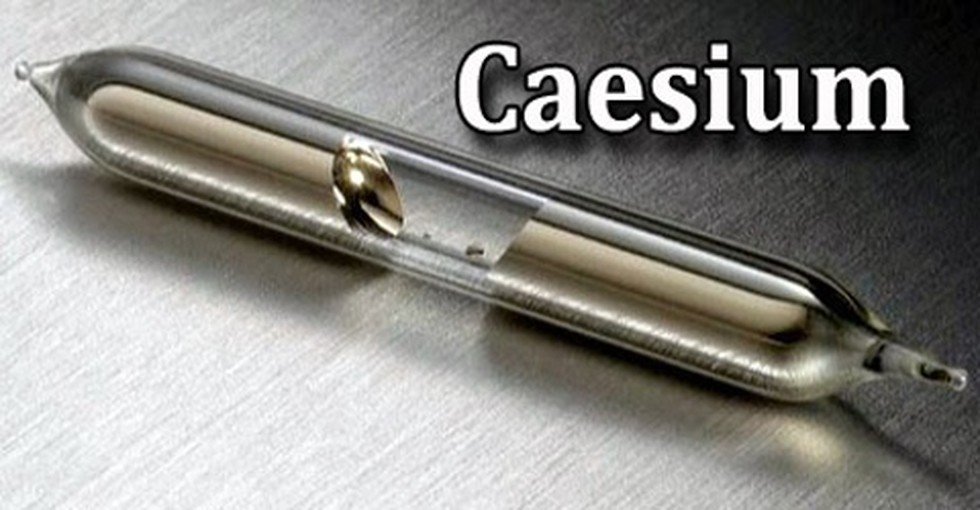
Recently, a Caesium-137 capsule lost in transit was discovered in Western Australia using specialised detection equipment that detected radiation.
What is Caesium?
- Caesium is a soft, flexible, silvery-white metal.
- It becomes liquid near room temperature, but easily bonds with chlorides to create a crystalline powder.
Key facts about the Caesium-137
- It is the most common radioactive form of caesium.
- It is produced by nuclear fission which is also one of the byproducts of nuclear fission processes in nuclear reactors and nuclear weapons testing.
- This radioactive metal has a half-life of 30.05 years – meaning in three decades it will have half of its original activity.
- Caesium-137 can cause serious illness when touched, leading to burns and acute radiation sickness.
- External exposure can increase the risk of cancer because of the presence of high-energy beta-gamma radiation. Prolonged exposure can even cause death.
- Internal exposure to it through ingestion or inhalation allows the radioactive material to be distributed in the soft tissues, especially muscle tissue, which increases cancer risk.



